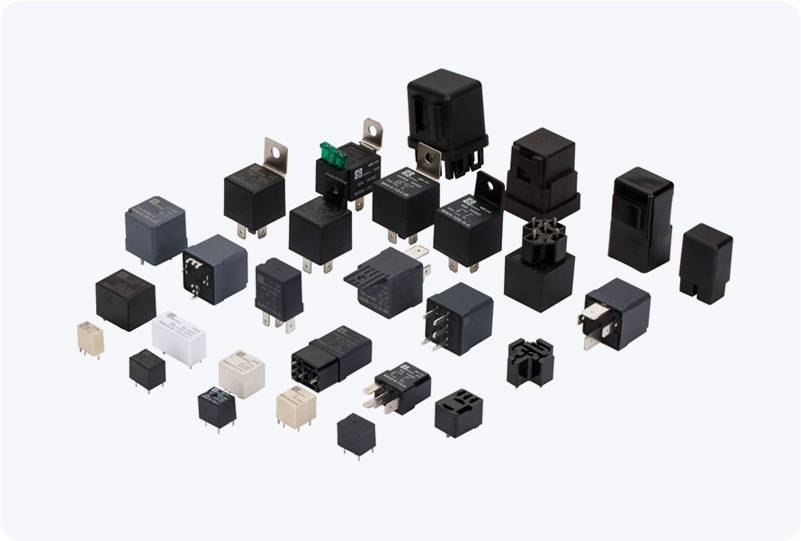A Motor Overload Relay is an essential component in electrical systems that protects electric motors from potential damage caused by overload conditions. Overload protection is critical in various industries and applications, as motors are integral to machinery operation. Without proper protection, motors can easily be subjected to overheating, mechanical damage, or even failure, leading to costly repairs and downtime. This article explores the working principle, types, and importance of Motor Overload Relays, highlighting their role in safeguarding motor-driven equipment.

What is a Motor Overload Relay? A Motor Overload Relay is a device designed to protect electric motors from running under overload conditions. It monitors the motor’s operating current and compares it to a predefined threshold. If the motor exceeds this threshold for a prolonged period, the relay disconnects the power supply, thereby preventing the motor from overheating or becoming damaged. This is crucial because running a motor under excessive load can lead to serious issues such as motor winding damage, insulation breakdown, or even complete motor failure. The primary goal of a Motor Overload Relay is to ensure the longevity of the motor and to maintain operational efficiency. By detecting overload conditions early, it helps reduce the risk of unexpected motor failure, which can significantly impact production processes, disrupt operations, and lead to expensive repairs.
Leave a Reply
You must be logged in to post a comment.